Beyond Halloween Horrors: These Are The Most Terrifying Places On Earth
#1 Tuol Sleng Genocide Museum, Cambodia
The majority of the bodies buried in Cambodia’s infamous Killing Fields of Choeung Ek arrived from Phnom Penh’s Tuol Sleng prison, a torturous institution that not one high-ranking Khmer Rouge official claims any knowledge of. Before the Khmer Rouge stormed into Phnom Penh, "liberating" the people and evacuating the city, Tuol Sleng was S.21, an unassuming three-story schoolhouse in the heart of the town. Within weeks, it was made over into the most notorious prison in Cambodia (and perhaps the world). Pull-up bars became torture devices as school rooms were converted to cells. Locked inside S.21 were the rich and the famous, the élite and the educated, the opposition and the ethnic -- anyone who was anything in the old Phnom Penh was a threat. From 1975 to 1979, the revolution’s leader, Pol Pot, and his men effectively orchestrated the most horrific genocide in living history. Starved, beaten and killed, the Cambodian population was reduced by one-third at the hands of its own countrymen. A large portion of those who perished spent time in Tuol Sleng.
How To Get There: The museum is located in the heart of Phnom Penh
#2 Prypiat, Ukraine
The town of Prypiat was built in 1970 to house workers at the Chernobyl nuclear power station and their families, but was abandoned in 1986 after a "routine experiment" went terribly wrong. Chernobyl's fourth reactor exploded, sending plumes of radiation, equivalent to 400 Hiroshimas, into the sky. The Soviets waited nearly three days before publicly acknowledging that an accident occurred, and estimates on how many died both directly and indirectly from radiation vary widely. The town of Prypiat is said to be left exactly how it was in 1986, with large soviet posters along classroom walls and children's dolls scattered where they were abandoned. A typical tour of the town passes through the gates of the station, into a radiation monitoring center and on to a workers' canteen for lunch. All visitors are forced to sign a waiver exempting the tour operator from all responsibility in the event they later suffer from radiation-related health problems.
How To Get There: The only way to visit is on a scheduled tour from Kiev. Over the years, Ukrainian courts have temporarily suspended tours to the “dead zone,” so check if they are still running before you book a trip.
#3 Aokigahara Forest, Japan
This 8,600-acre forest, located at the northwest base of Mount Fuji, is known as the Sea of Trees and would be a beautiful place for a stroll if it weren’t for what you might find. Each year, Japanese authorities remove as many as 100 dead bodies discovered hanging in the trees, while more still go unnoticed for years. Dubbed the “Suicide Forest,” Japanese authorities have gone so far as to place signs along popular trails that read “Your life is a precious gift from your parents. Please think about your parents, siblings and children. Don't keep it to yourself. Talk about your troubles.” It’s unclear why so many people choose to take their lives here each year, but the forest has an historic association with demons in Japanese mythology. It’s also featured in the popular 1960 novel “Tower of Waves” by Seicho Matsumoto, which ends with a scene where two lovers commit suicide in Aokigahara.
How to Get There: From Tokyo, take the train to Kawaguchiko Station (Fuji Kyuko line) and you can catch a local bus that goes to Aokigahara from there.
#4 Auschwitz Concentration Camp, Poland
It’s estimated that between 2.1 and 2.5 million people perished in the gas chambers of Auschwitz -- and many historians say that figure is simply a bare minimum. After all, using Zyklon-13 gas, the Nazis were able to kill up to 4,420 people in just 20 minutes. Humans committed such terrible atrocities against their own kind here that most who visit cannot help but be overwhelmed. Indeed many leave their tours early or claim to feel the presence of lost ones haunting the grounds. To ensure that the former concentration camp remains a solemn place for contemplation, the memorial and museum has strict rules that visitors must adhere to.
How to Get There: Auschwitz is about an hour west of Krakow by car.
#5 The Catacombs of Paris, France
It’s dark and damp, and there are millions of bones. The Paris Catacombs have all the makings for a scary movie. Called the Empire of the Dead, this labyrinthine network of tunnels was first excavated in the Roman period and now houses the remains of over 6 million burials removed from overcrowded cemeteries and charnel houses throughout Paris in the late 18th and 19th centuries for “sanitary reasons.” With millions of dead souls packed up in boxes, transported across town, and meticulously shelved away bone-by-bone, it should come as no surprise that many have reported encounters with ghostly apparitions in this ghoulish underground chamber.
How to Get There: The Catacombs are located in the 14th arrondissement of Paris adjacent to the Denfert-Rocheraeu metro station.
#6 Mütter Museum, USA
Though it fashions itself as a museum of medical history, Philadelphia’s Mütter Museum is kind of like a Ripley’s Believe It Or Not if it were set in a library and you removed the smoke and mirrors. This storehouse for the anatomically strange displays some 20,000 items, including grossly enlarged organs, the body of a woman whose corpse turned into a soapy substance called adipocere, the bones of the tallest man in North America, and the death cast of Chang and Eng, the original “Siamese Twins,” whose autopsy was performed in the museum. Many of the items, including long walls of skulls, remain in the Victorian cabinets that the museum began with in 1858 when Dr. Thomas Dent Mütter donated 1,700 of his personal oddities to the College of Physicians of Philadelphia. The disturbingly informative collection remains under the college’s control to this day.
How to Get There: The Museum is located steps away from the 22nd Street Trolley Station in downtown Philadelphia.
#7 Waverly Hills Sanatorium, USA
In 1910, the Waverly Hills Sanatorium opened as a state-of-the-art tuberculosis hospital. At the time, tuberculosis was an extremely deadly disease, and patients would have to be isolated from the general public. One of the most talked-about haunted places in the sanatorium -- which became Brookhaven mental institution in 1961 and was shut down by the state in 1982 due to patient abuse -- is the Body Chute or Death Tunnel. A railcar would transport the dead from the top of the hill to the bottom so that other patients wouldn't see the bodies being carried out. The tunnel is said to be haunted by some of the rumored 64,000 patients who died at the hospital. In 1928, one of the Sanitarium’s most famous residents, Mary Hillenburg, was found hanging from the doorway in Room 502. At first, it was suspected she committed suicide, as she had recently been impregnated by a married doctor. Instead, it was found that the doctor staged the suicide after Hillenburg died during the abortion he gave her. You can still visit the sanatorium with reservations, but there is no electricity in the tunnel and paranormal experts have reported feeling cold shivers and hearing voices as they made their way down it.
How to Get There: Waverly Hills Sanatorium is about a 25 minute drive from downtown Louisville, Kentucky.
#8 Rose Hall Great House, Jamaica
The Rose Hall Great House is so much more than a historic ruin. Built in the 1770s, the imposing structure is Jamaica's most famous haunted house with a story the young tour guides are all too eager to share. The tale of the White Witch of Rose Hall has all the elements of a Hollywood thriller. The “witch," 4'11" Annie Palmer, was born in Haiti and moved to Jamaica, where she married John Palmer in 1820. John, along with Annie's two subsequent husbands, died of suspicious causes, and it is speculated that Annie was to blame. The "mistress of voodoo" is said to have terrorized the plantation, taking male slaves into her bed at night and murdering them the next morning. According to legend, the slaves finally took revenge during uprisings in the 1830s, and Annie was ultimately murdered by one of her slave lovers. While the validity of the tale is certainly questionable, the lurid details are nonetheless devilishly enjoyable. Annie Palmer's historic Georgian mansion was restored to its former splendor in the 1960s thanks to the help of Americans John and Michele Rollins and is now a popular nighttime tourist attraction for candlelight tours.
How To Get There: Rose Hall is located in the popular resort of Montego Bay on the hill above the new Montego Bay Convention Center.
#9 Akodessewa Fetish Market, Togo
Akodessewa Market is essentially a pharmacy, but don’t go expecting CVS. This voodoo market, the largest of its kind, offers items you will not likely find anywhere else in the world. Need monkey skulls, elephant feet or mummified bats? This is your spot. Each outdoor stall offers an unimaginable assortment of horns, heads and hooves to satisfy the pickiest of witch doctors. A word of caution: Westerners should not set foot in Togo’s Akodessewa Fetish Market unless they are prepared to be completely offended. Their eyes will see things they never wanted to see and their noses will smell things that will linger for days.
How to Get There: The market is located in Togo’s capital, Lome, near the Lome-Tokoin Airport.
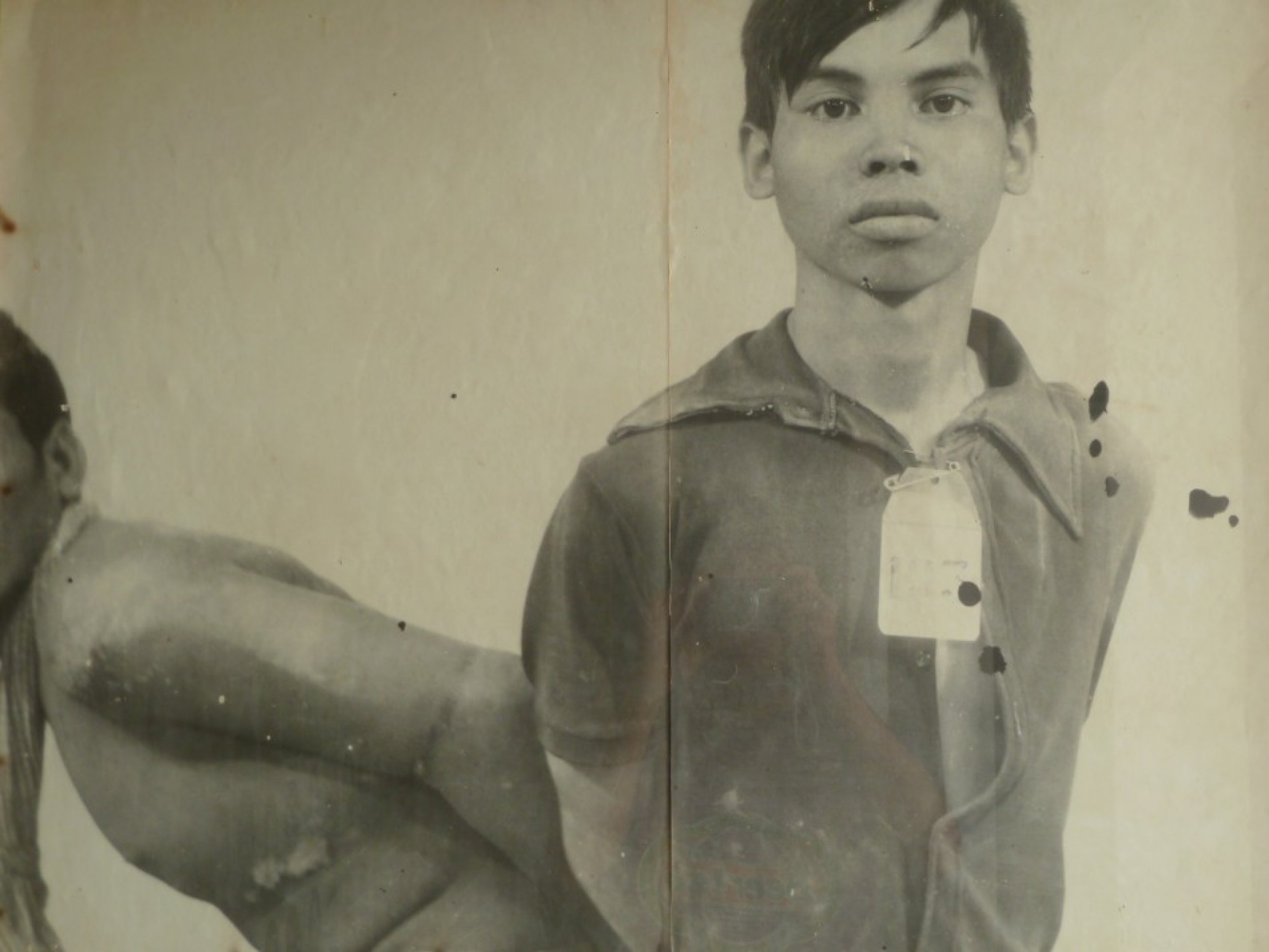
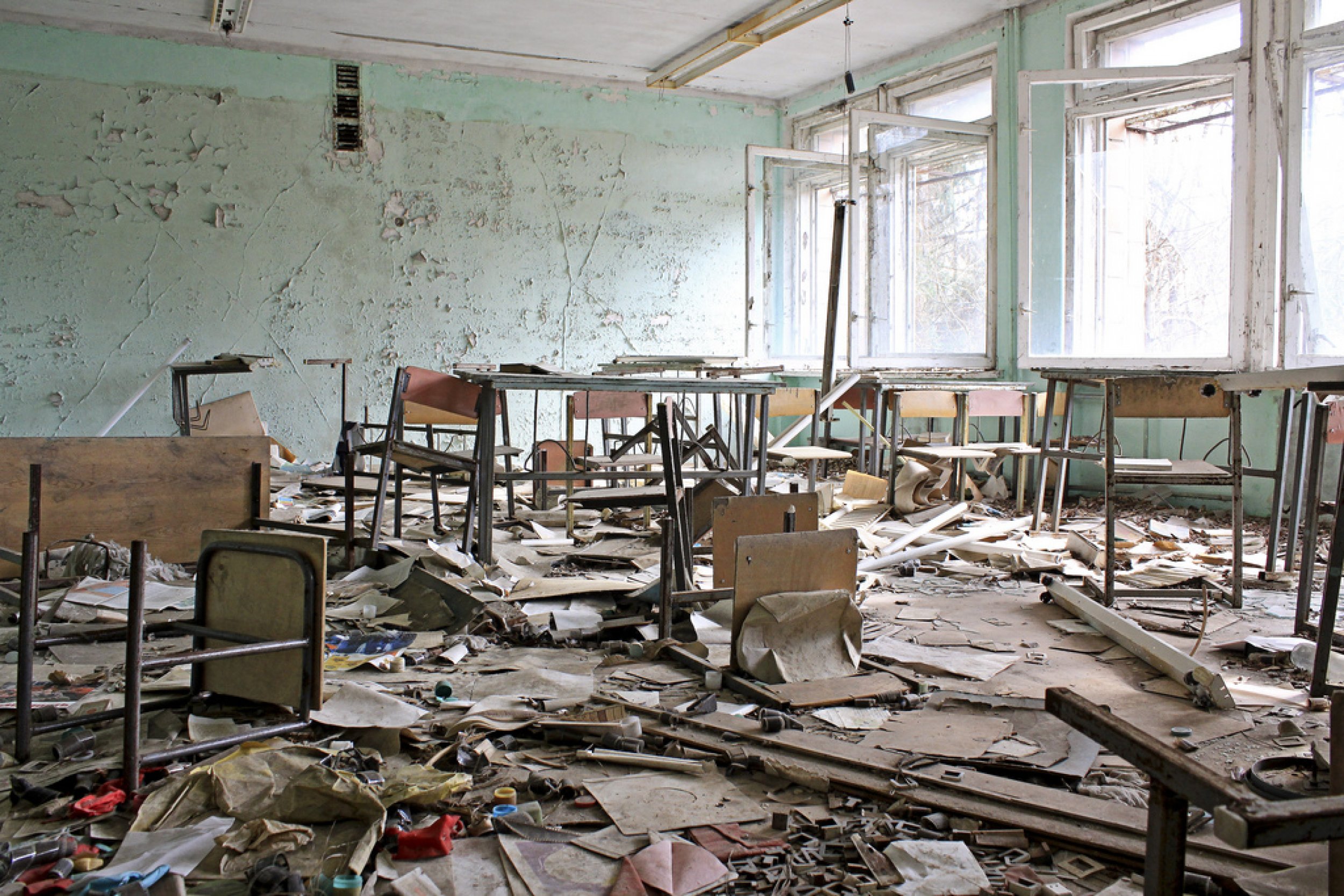
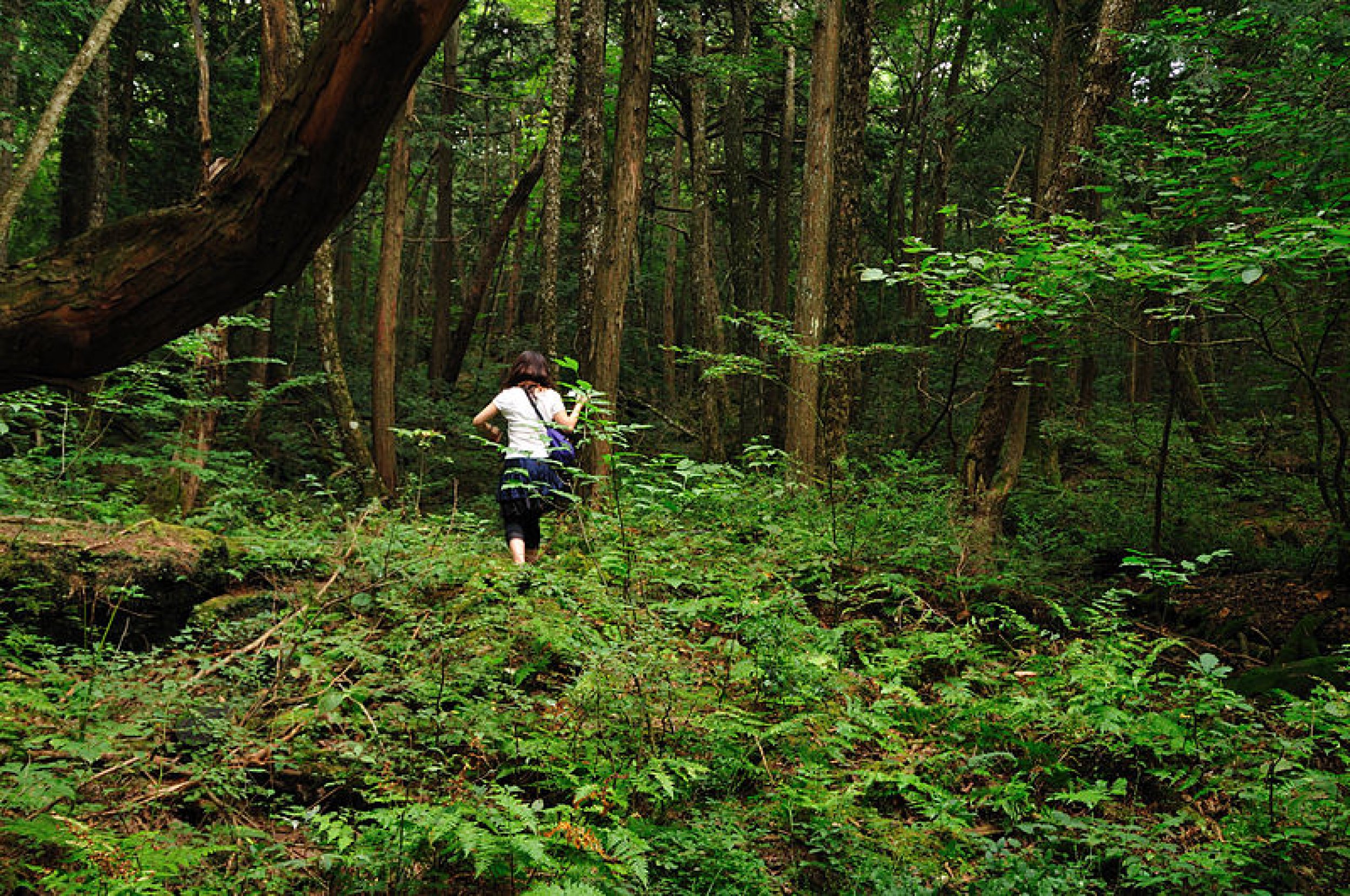
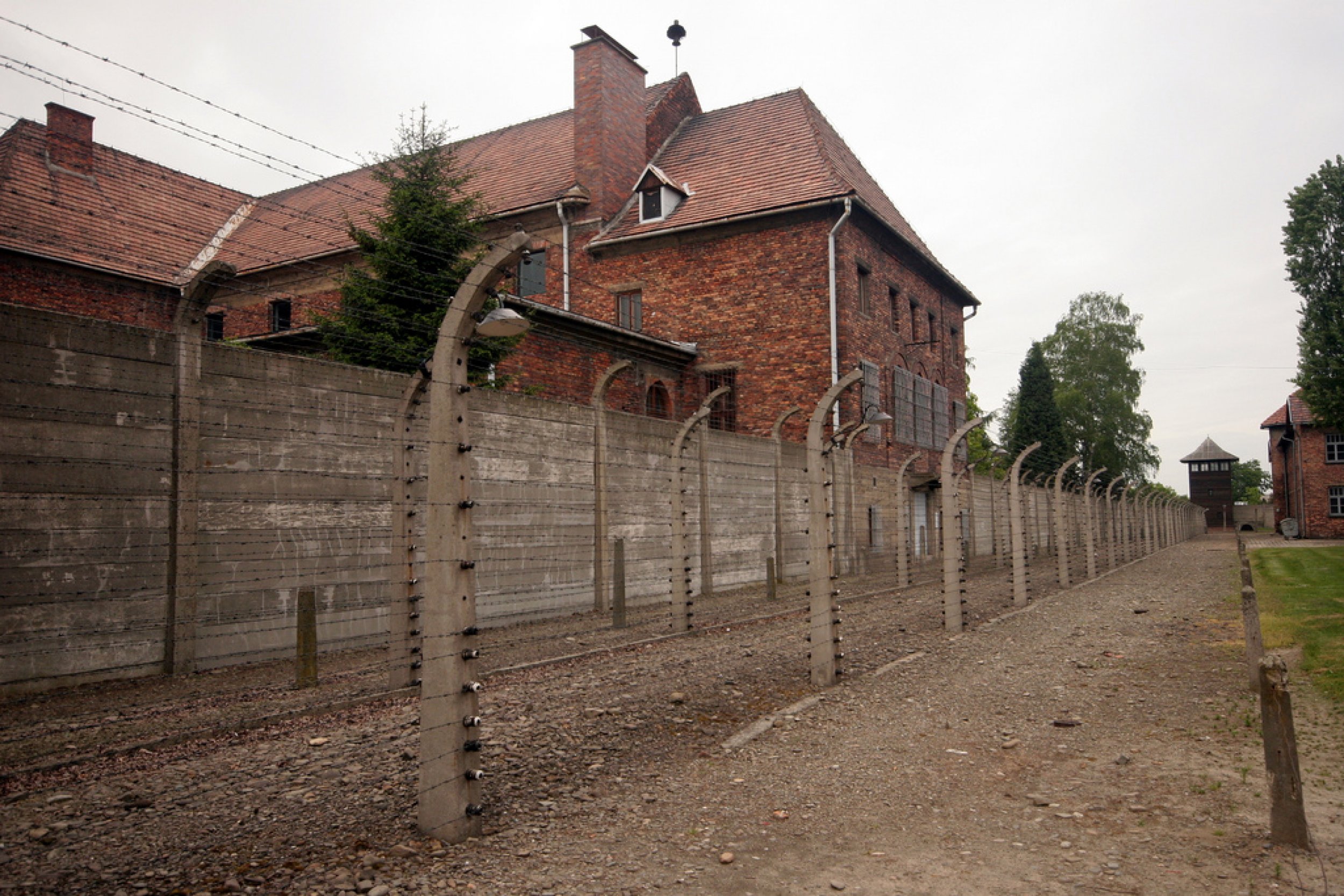
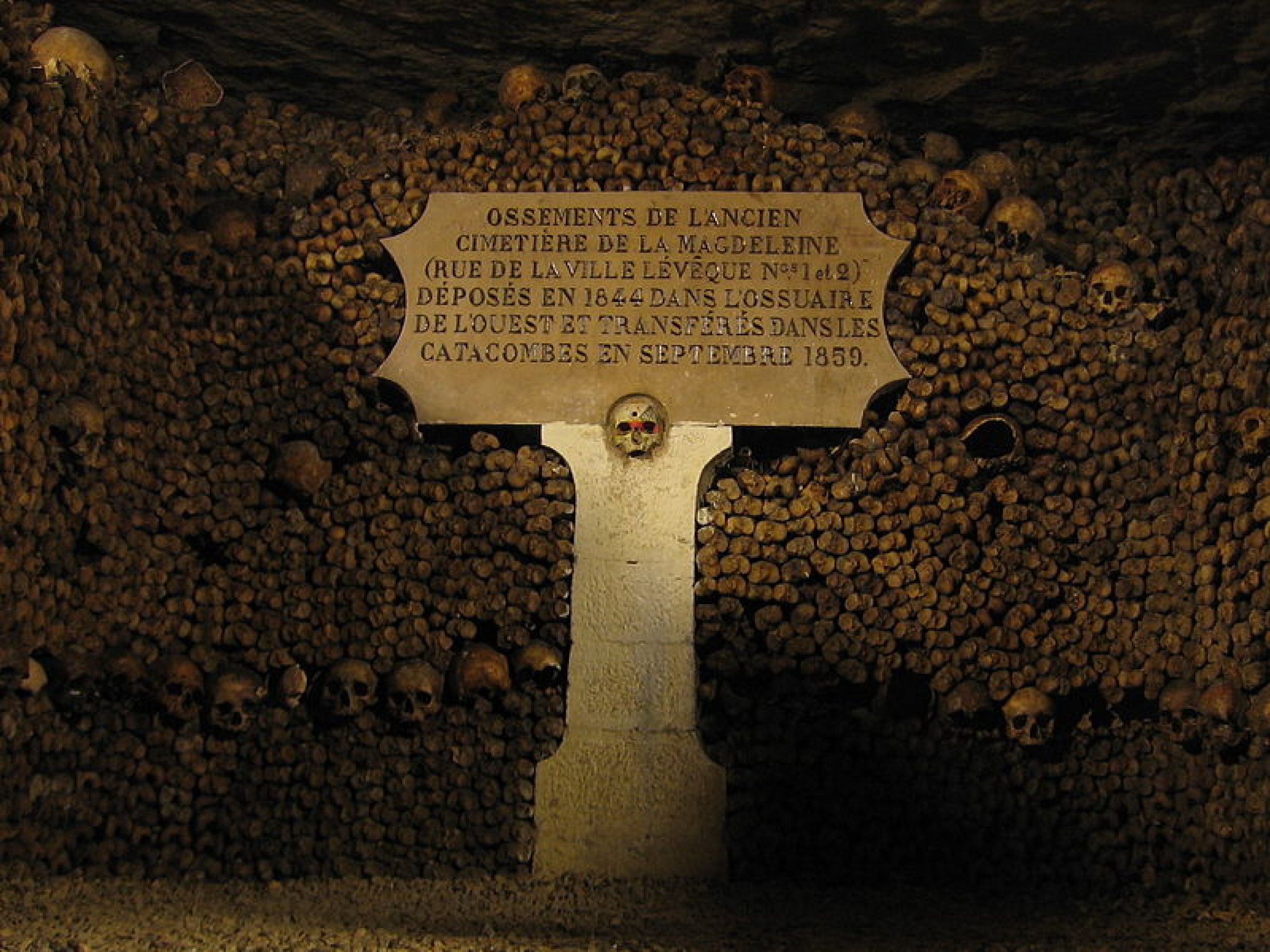
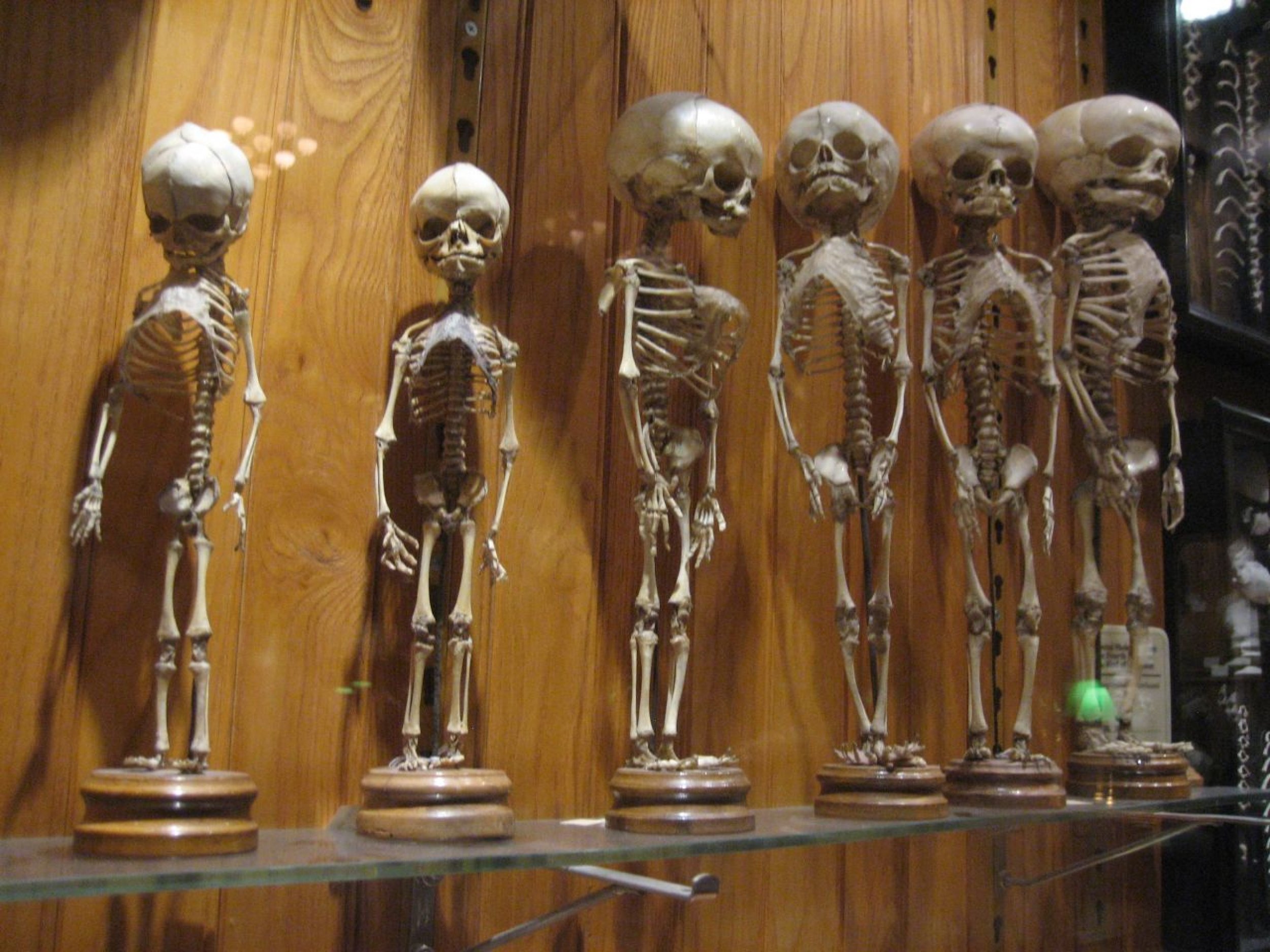
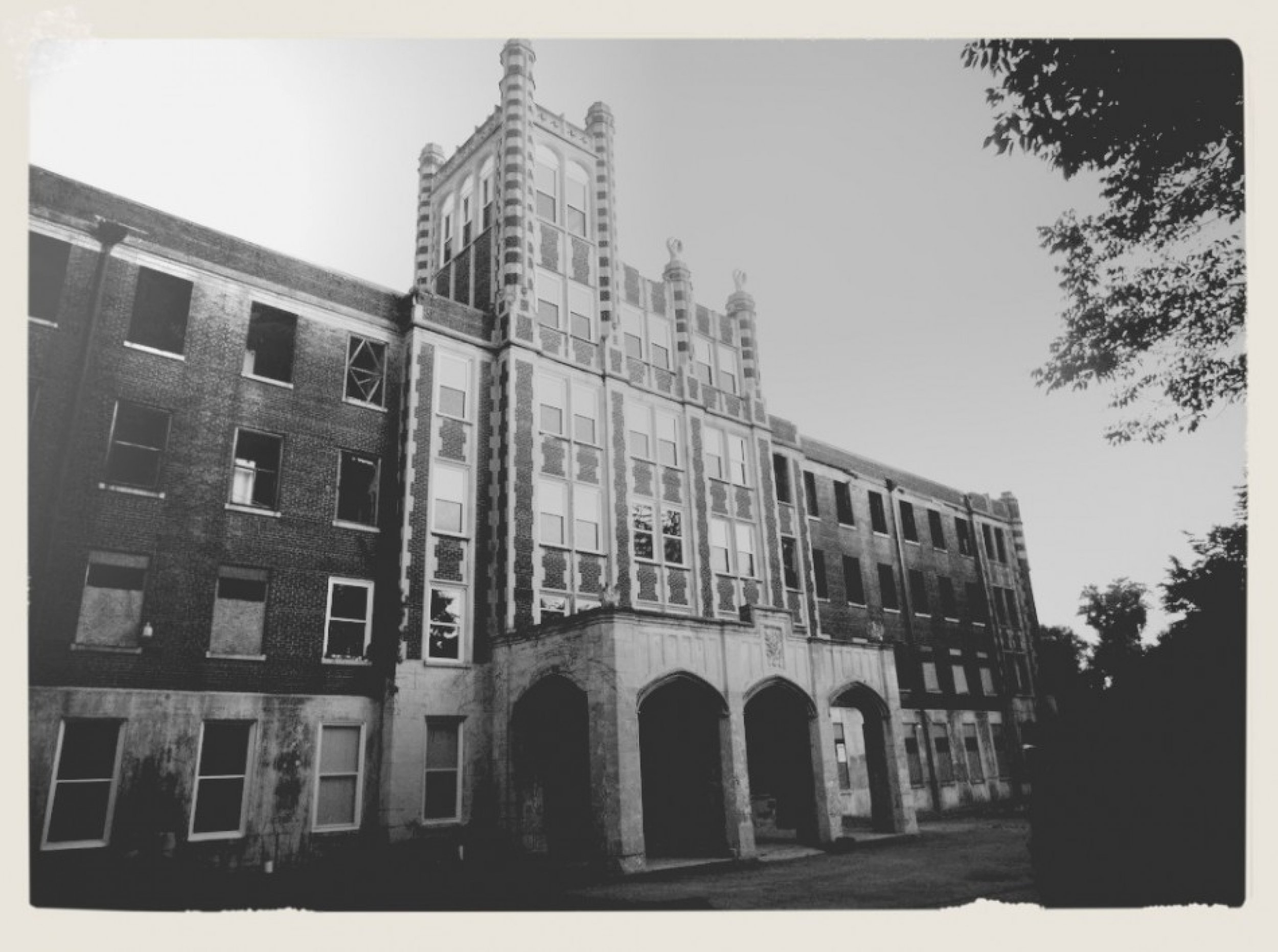
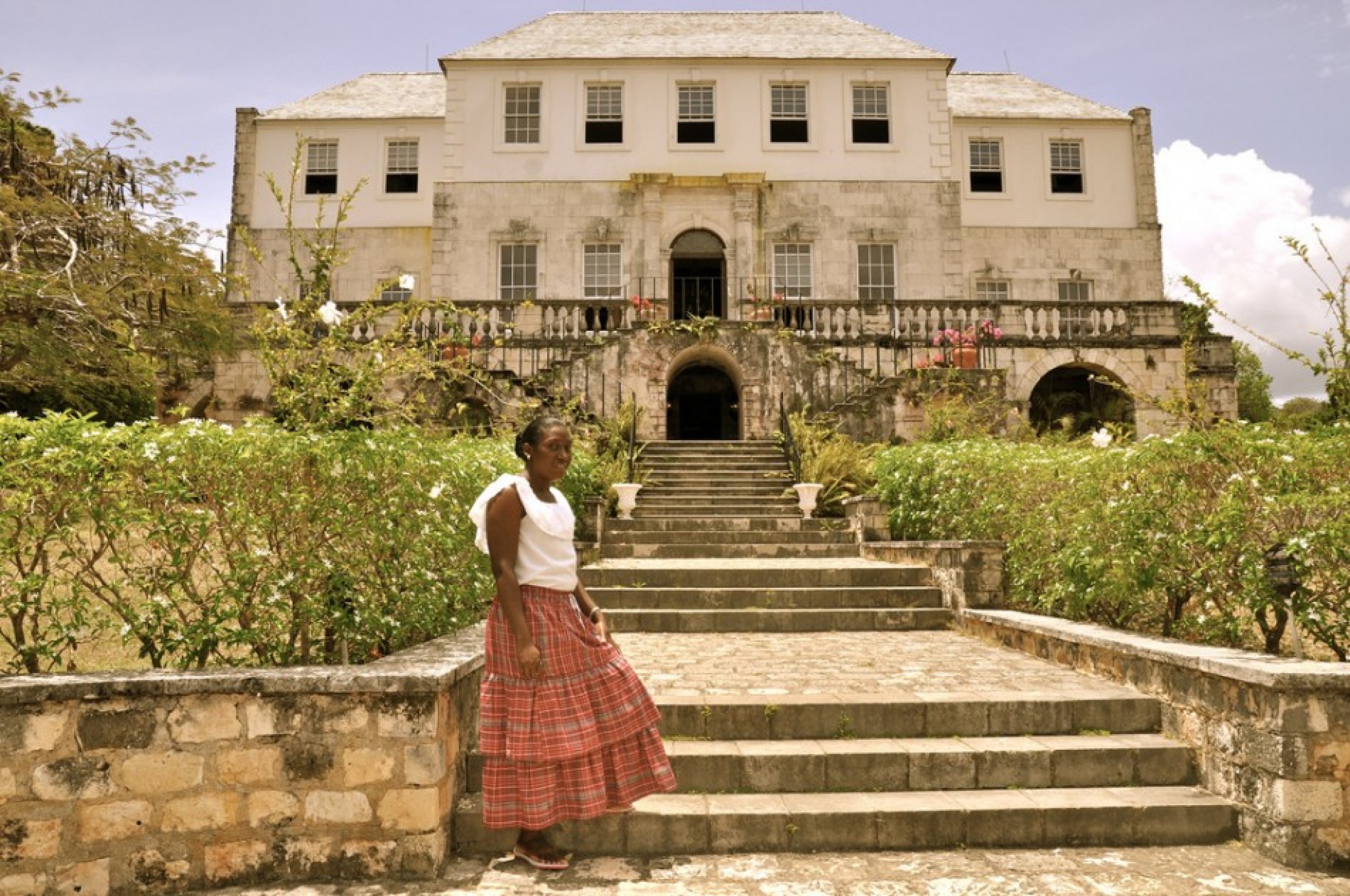

© Copyright IBTimes 2024. All rights reserved.












